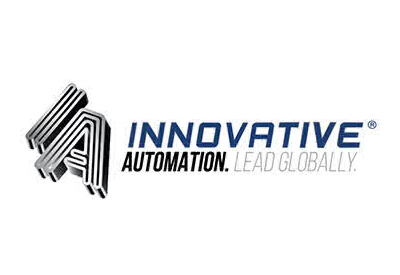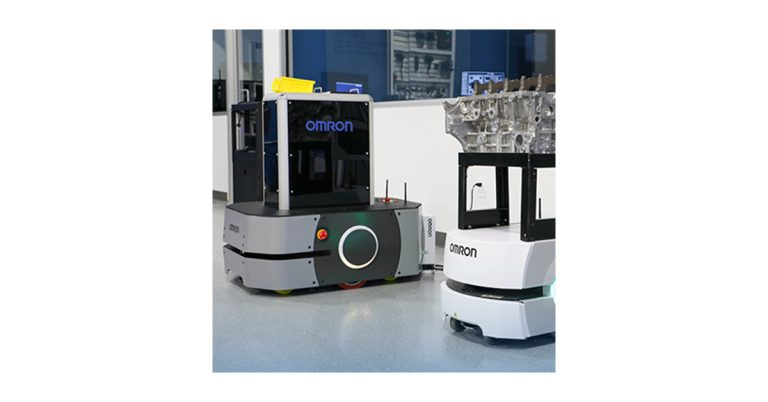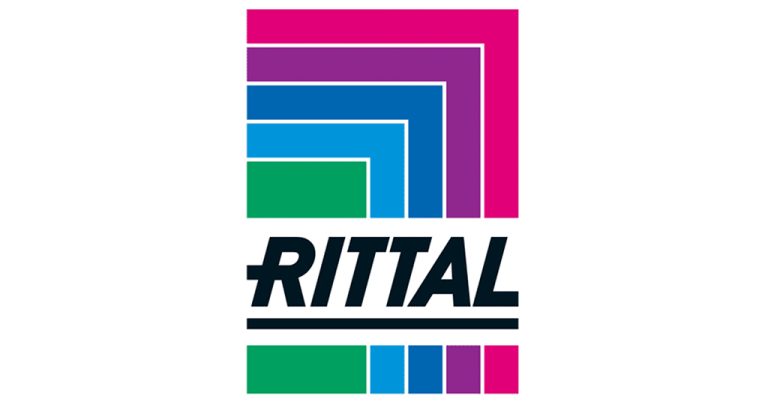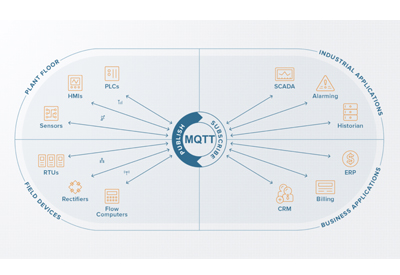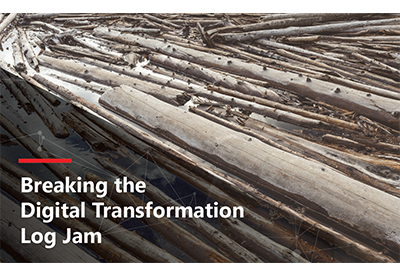Own Your Plant’s Future Now: Building a Digital Foundation
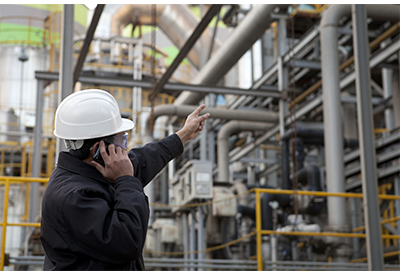
February 6, 2020
By Dave Mayer, Product Manager, Rockwell Automation
You’ve decided it’s time to invest in digital technology to drive better performance from your industrial plant assets. But how do you get started? There are many options vying for your attention. Different technical solutions from multiple vendors, different pain points you’re trying to address, even different priorities and objectives within your organization.
Should you focus on minimizing lifecycle risk? Ensuring you have an optimal quantity of critical spares in your storeroom?
First things first. Before selecting a solution to implement, organizational alignment is the number one factor that can make or break a digital transformation initiative. A clear, shared understanding of each functional team’s priorities and desired outcomes is key to ensuring organizational alignment before initiating a project.
One of the most common industrial use cases of digital technology is asset management, and it may be tempting to try to create your own solution in-house. However, it’s unlikely you have the staff or tools needed to provide you with a true understanding of all industrial asset management data needed to address business objectives. Product lifecycle is an example – how do you keep track of lifecycle status for the scores of parts you have installed, from various manufacturers?
If you’re ready for a fresh start, here are a few foundational elements you should consider in an asset performance management digital technology tool:
- Identity and access management – The worst case scenario is not being able to access the data you need to do your job. You’d be guessing at what you should be doing based on what you think you know about your facility. With role-based permissions, multiple stakeholders can access a single, verified dataset and collaborate to make decisions. Data is updated in near real time, so it’s always current. And it should be convenient to access from a computer or mobile device so you can easily and securely share information across teams.
- Proactive notifications – Wouldn’t it be great to receive lifecycle change notifications or product service advisories only on the equipment in your installed base? To be able to actively manage your installed base, you need ongoing visibility into your installed base so that as products change – whether lifecycle status, safety advisory, or other – you can proactively manage the impact of these changes.
- Intuitive user experience – You need to be sure that the solution not only has the relevant data that will help you address your specific challenges, but also that it’s presented in a way that is intuitive to the user, based on how they do their job in the facility. There is complexity in accessing data, including variation in how it’s stored and pulled together. Dashboards provide at-a-glance views that allow the stakeholder to consume the data easily and see what’s changed, and what may be affected in the plant.
The use of data and digital technology can help reduce your obsolescence risk and provide better visibility into your installed base of equipment. With the right digital technology, you’ll find it easier to make decisions based on the data available to you. Knowledge is power, and industrial asset data can help you reduce costs, gain better visibility of your maintenance activities, and drive better asset performance.

